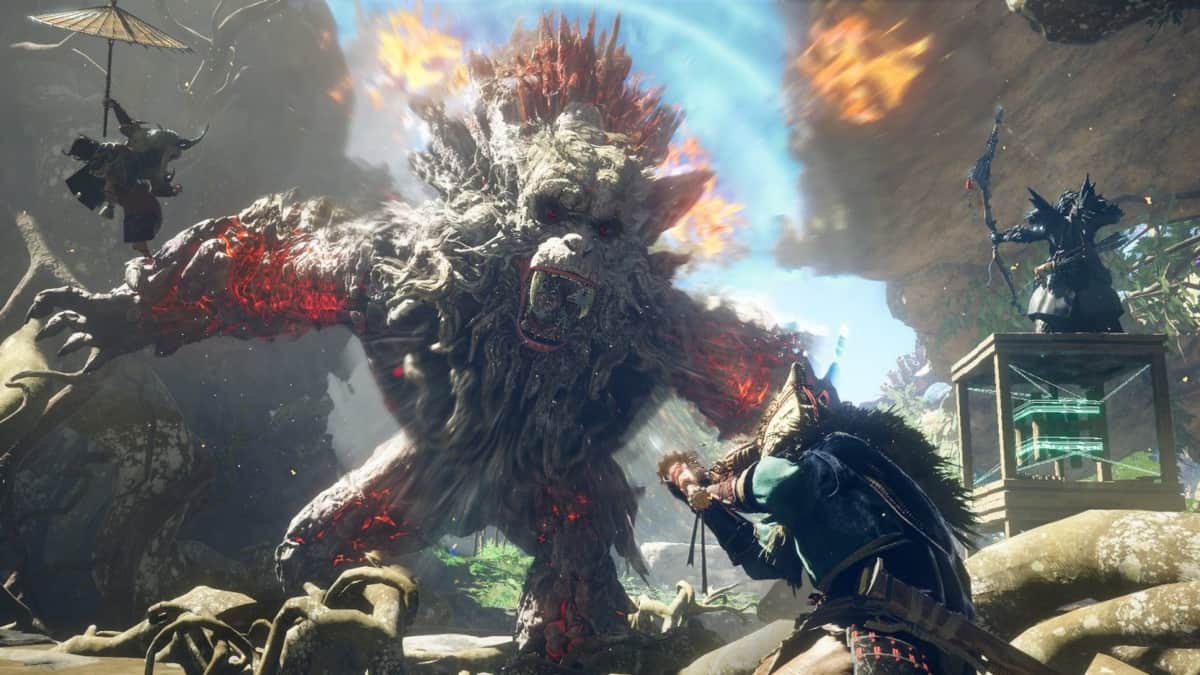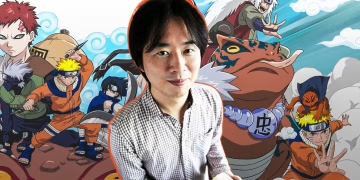This Wild Hearts review is filled with a lot of interesting things that I wanted to say, all of which are mostly favorable. In essence, Monster Hunter World was a simplification of a somewhat niche series, and it was a huge hit. It demonstrated that this newly developed little niche genre had enormous crossover appeal.
Therefore it’s clear that others are attempting to create games in this genre. It makes perfect sense, and that is how genres begin. Wild Hearts is actually produced by Omega Force. And now, let me explain why this excites me. It goes without saying that they are the ones behind Dynasty Warriors. They are developers that I like, and their output since Dynasty Warriors has generally been pretty good.
And this game, perhaps more surprising in terms of us getting a Monster Hunter-style game from the Dynasty Warriors makers, is that it’s published by Electronic Arts. That’s not the most hopeful-sounding statement either. And the other thing is the Dynasty Warriors series isn’t exactly known for innovation. Again, when they tried innovation and put the game into an open world, it was really bad.
Wild Hearts Review
So all we had to go off of Wild Hearts was a pretty impressive debut trailer. I wasn’t really sure what this was gonna be. I had fairly low expectations. I didn’t wanna get emotionally invested and be hurt once again by one of these damn games. But Wild Hearts far surpassed them. This game is not just a dry copy of Monster Hunter. It’s legitimately innovative and builds on the genre in a lot of interesting ways.
That being said, this one’s got some graphical issues, and they’re a task to get past cause the game can look rough. Even on PS5, there are parts where the game looks worse than anything from not just Monster Hunter World but Monster Hunter rise on Switch, both in terms of visuals and frame rates. There’s way too much stuttering and slowdown, even with the game set to performance mode on PS5.
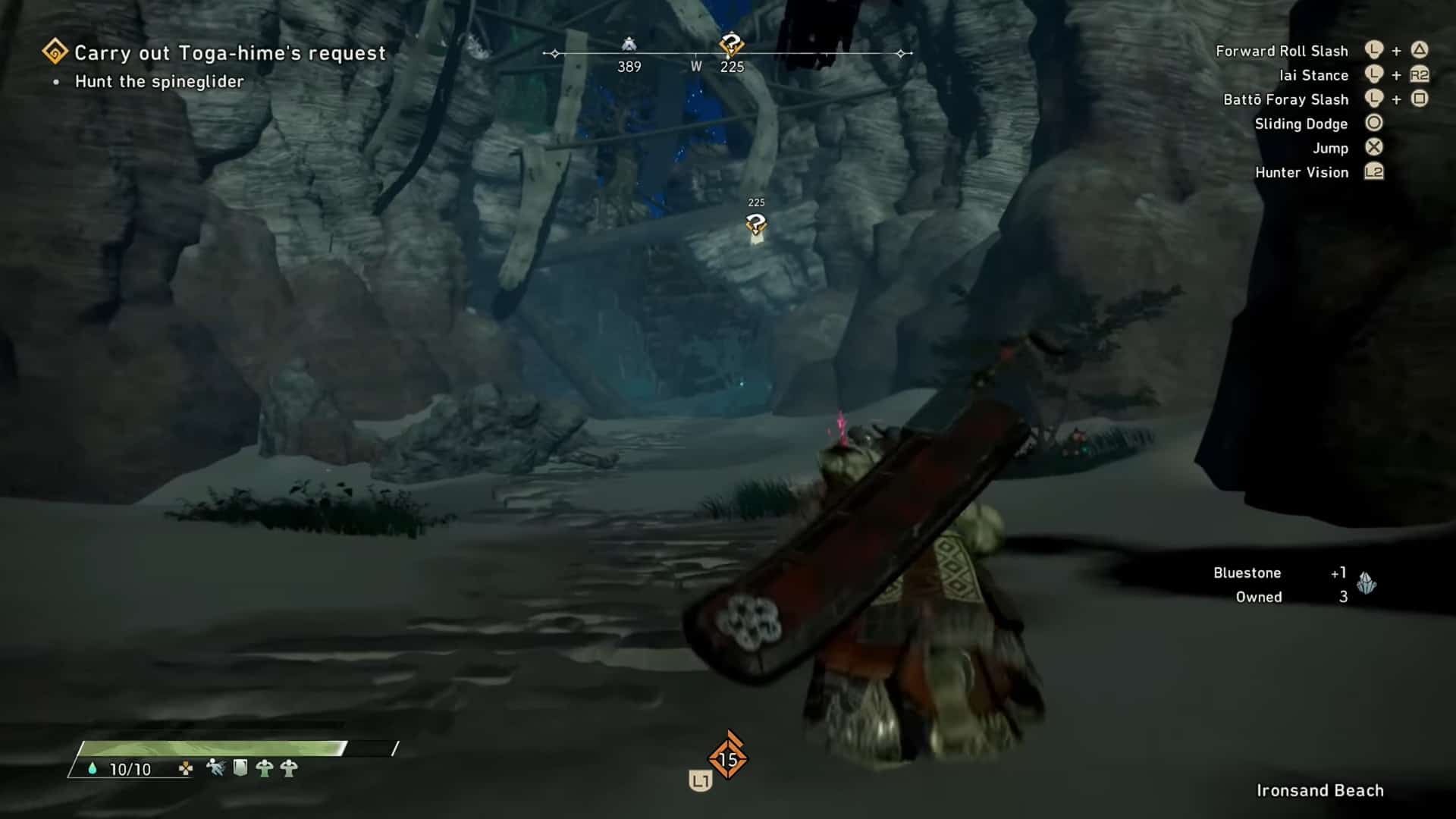
In my experience, the graphics and performance are by far the game’s biggest issues, but we will go into that in a little more detail later. First, let’s talk about what this game even is.
Wild Heart Story
Let’s start this Wild Heart Review with the game’s story, which is not the primary focus of Monster Hunter, nor is it the primary focus of Wild Heart. This one is set in medieval Japan. You play as a hunter who eventually resides in a central village and takes on missions to get rid of these gigantic beasts called Kimono, these rampaging monsters that are a fusion between animals and nature itself.
That’s basically it, simple, and I’ll give it credit for not wasting a bunch of time on explanations that I probably already understand. The game starts up immediately when you turn it on. There’s not really even an opening cut scene. Once you actually get into the meat of the gameplay, you do meet some long-winded characters who are gonna talk a lot, but at the end of the day, they all want the same thing: Dead monsters and lots of them.
That’s the core gameplay loop too. You explore four different regions, collect resources, and hunt down gigantic (sometimes really hard) beasts, either solo or cooperatively. It’s a tried and true formula. The game doesn’t deviate much from the setup. Again, in terms of what this is fundamental, it sticks pretty closely to the Monster Hunter formula.
There’s even a plot point about a giant monster that’s gonna destroy the village. You have to stop it in a gimmicky siege battle. If you played World Arise, you know what I’m talking about and what to expect here.
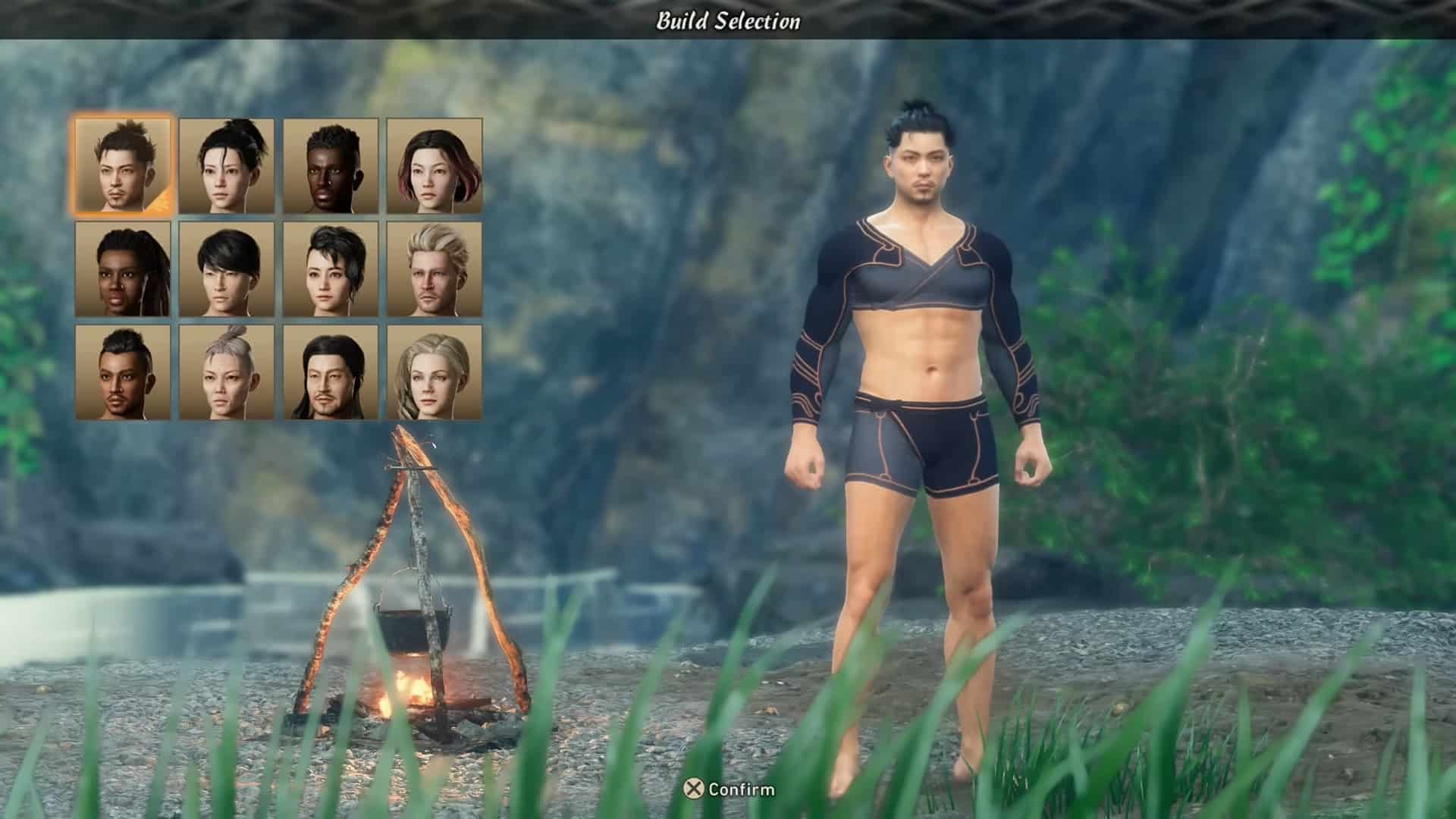
Character Look And Upgrades
So you start the game, design your character with some pretty good character creation options, there’s a pretty fair amount of depth, and then you’re free to start hunting. You go out, kill monsters, get materials from them, and use those to craft more powerful weapons and armor. You rinse, your peak. Just like a Monster Hunter, you don’t improve your character by leveling up.
Your stats are dependent on the equipment that you’re wearing. They’ve done something that I like right here. You are able to freely roll back weapons upgrades and take the weapon down a different upgrade path if you want, and you get back all of the materials that you originally used, which is super forgiving and honestly a welcome change.
Weapons & Combat In Wild Heart
There are nine total weapons in the game. Four of them are locked until you get further in the game. I like that because it gives you time to get accustomed to each weapon. The more exotic stuff comes later, but all the basic starting weapons feel pretty good to use. They have nearly as much depth as the weapons in Monster Hunter, and yes, they are absolutely as satisfying.
For the sake of it, I went with the Nadachi, which is the closest weapon to just being a Monster Hunter weapon. But there are some unique things that don’t just directly map onto the other game, like the bladed Wagasa, an umbrella covered in pointy parts.
They give you a lot of vertical options. Overall the combat is a little faster and slightly less impactful. But overall, I gotta say, I really enjoy it. It feels like a cross between like a character action game in Monster Hunter.
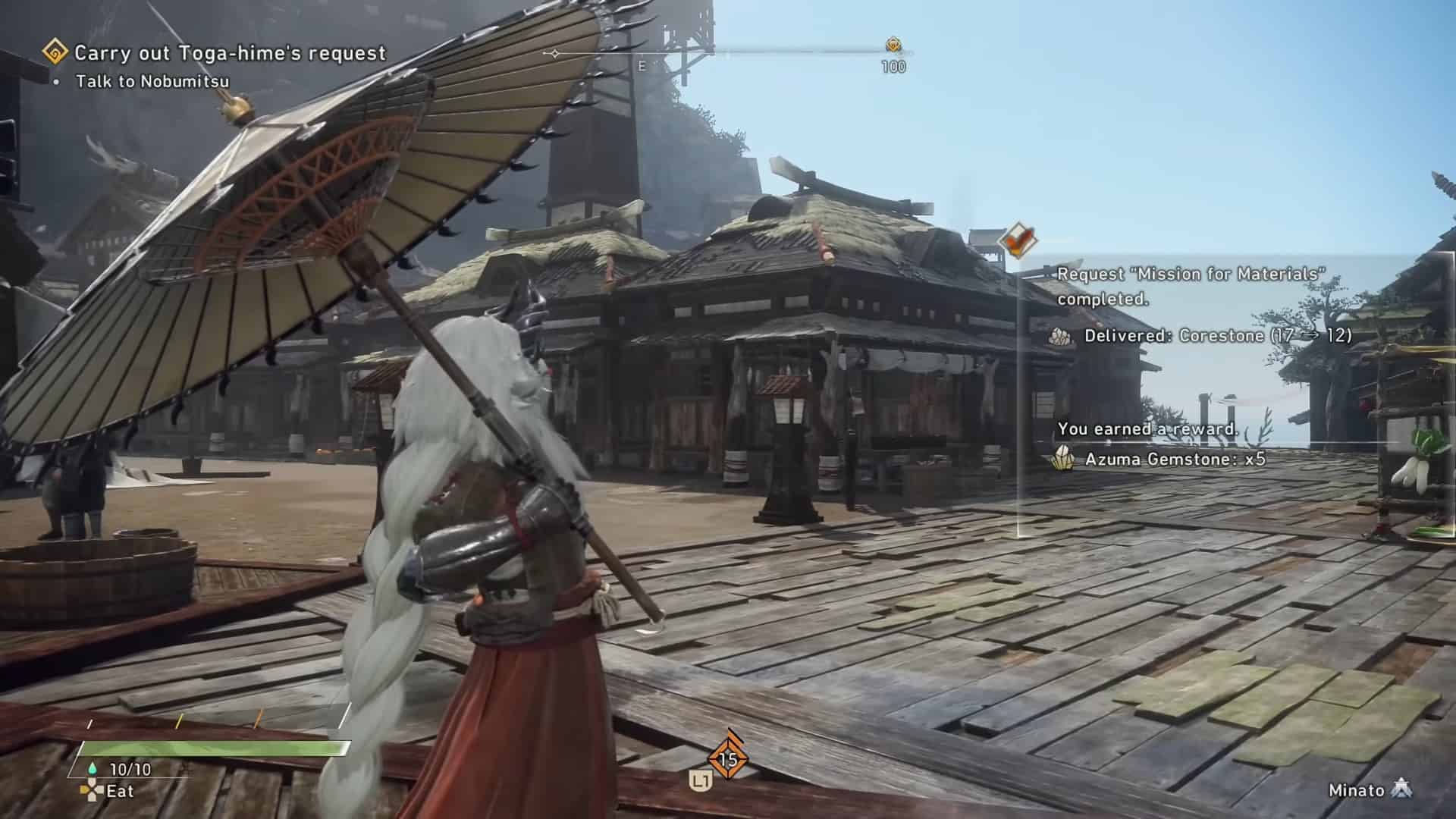
You dodge, and you got some pretty forgiving invincibility frames, and just in some ways, it has that ever so slightly more DMC or being that a sprinkle in there. It’s not much because it really basically works out to be very similar to Monster Hunter. But we end up without some of the fiddly bits like weapon sharpness, which is not my favorite thing in the world.
As for Deteriorating weapons, OK, I love Breath of the Wild, but the hell it unleashed on us in normalizing deteriorating weapons. I’m Super glad that it’s not in this game. Even though Sharpness isn’t a one-to-one analog with deteriorating weapons from rather than wild, it is still like it’s not here.
Karakuri System: Summoning Objects
But now I wanna talk about something in this Wild Heart Review that really stands out about this game. It’s something that you get introduced to real quick after you start the game, and it’s called the Karakuri system.
It’s a little bit of Fortnite, a little bit of Death Stranding, and it’s awesome. With the Press of a button, you can summon various objects to assist you in battle. The most basic is like a simple box that you can stack up 3 high, uses a makeshift ladder, and makes it easier to climb walls or jump into the air to perform some kind of downward attack.
But you can call it jump pads, Fires that make your attacks more powerful, and even a Breath of the Wild style glider. All this stuff you can call on demand whenever you want, in battle or out. Those aren’t the only objects you can summon, either. There’s the regular Karakuri, and then there’s the Dragon Karakuri that you can place, which is where the death strand, in comparison, starts to make a lot of sense.
What makes these things so interesting is that each zone you go to starts off as a blank slate. As you explore, you find these glowing control points. They make it so you can place down more stuff in the area. And these include tents, stuff you can use for fast travel, fires where you select missions, crafting stations, food, equipment, etc.
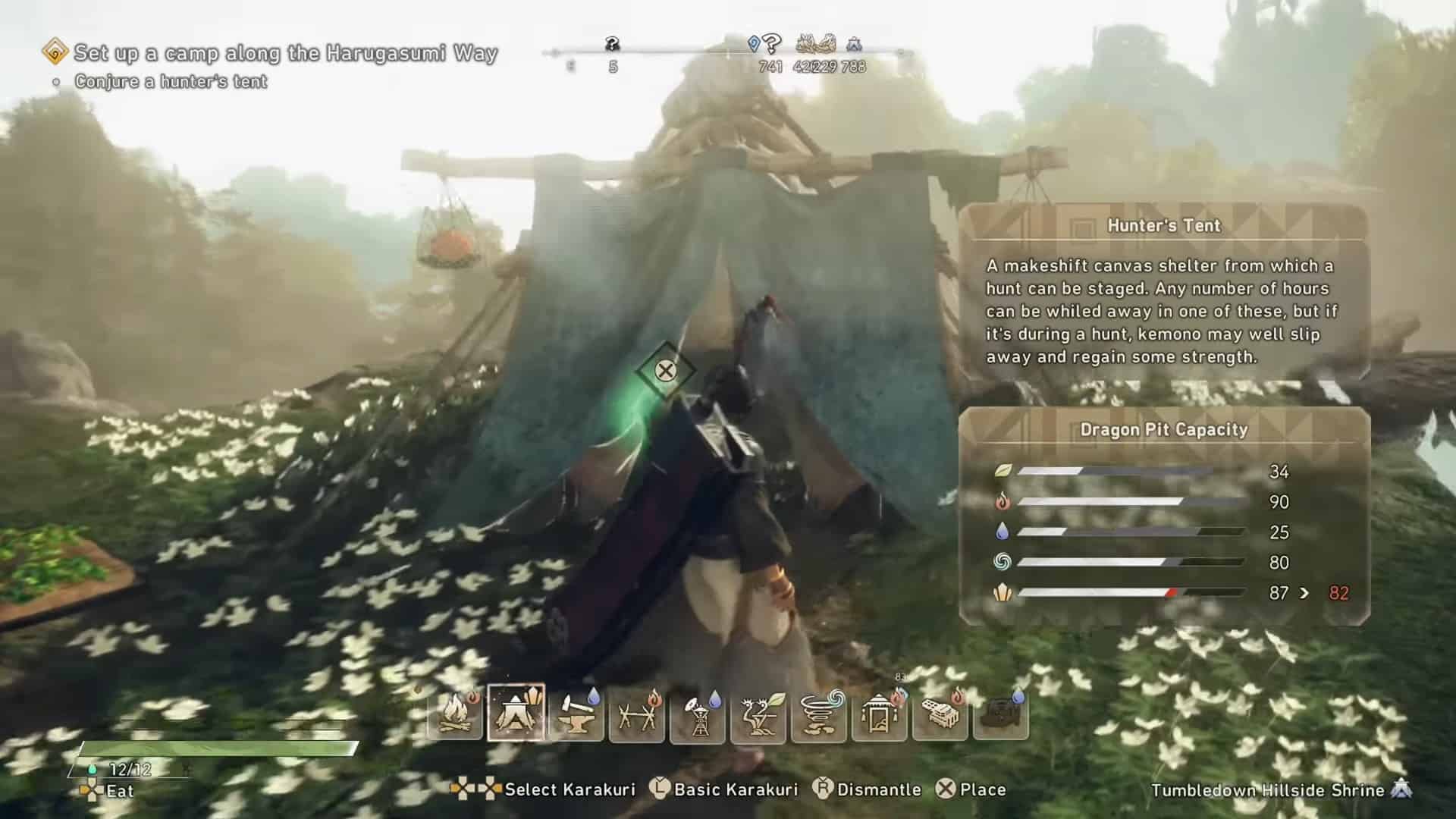
The fun thing about this stuff is that you build it. It’s just automatically there when you open a new campsite. You directly control where it goes. You’re not just building basic utility structures, either. There are more interesting buildable like zip lines, air boosters, cannons, and stuff like that that you can place, and they make getting around the environment legitimately easier and faster.
Build The Things That You Want
It’s actually cool and rewarding. It’s a system that encourages you to engage in the world in a little bit more active way. Like when you first enter a new region, it’s empty, but by the time you fully explore it, there are zip lines all over, jump pads, cannons, and all that kind of stuff.
And it doesn’t disappear like it’s persistent. You put it there, and it stays there. So if you want, you could turn the damn place into one of the islands in Sonic frontiers. Just don’t go overboard and make Chaos islands. That’s just unnecessary.
The basic Karakuri stuff is kind of limited. And then you start to learn combos, like stacking six blocks to create a bastion that blocks the enemy’s attacks and stuns them. You can stack 3 jump pads. You can create a hammer that damages and interrupts enemy attacks. You can combine six fires, make a flare gun, and start flying enemies with it.
It probably sounds a little difficult to do on the fly, and giving it a bit of a Fortnight comparison can maybe make it sound daunting. But I actually found it pretty easy, and sometimes the building stuff in Fortnite, I couldn’t keep up with. But I feel pretty at home here with this.
The button combos are pretty intuitive. And the game automatically stacks objects, so building 6 boxes next to each other is as simple as standing in place and calling in six boxes. They automatically form together, so keep the process nice and simple.
You Will Have Hunting Companions Called Tsukumo
You also don’t need to do it to bear the monster. You can do perfectly well slashing away at a beast and ignoring this. But as a mostly solo player, I really liked how all these were buildable, even the playing field.
I thought they were a good addition to the strategy. You unlock more of them as you hunt monsters and earn points. You spend them in the Karakuri menu, which doesn’t just give you new stuff to build, and also just straight-up upgrades.
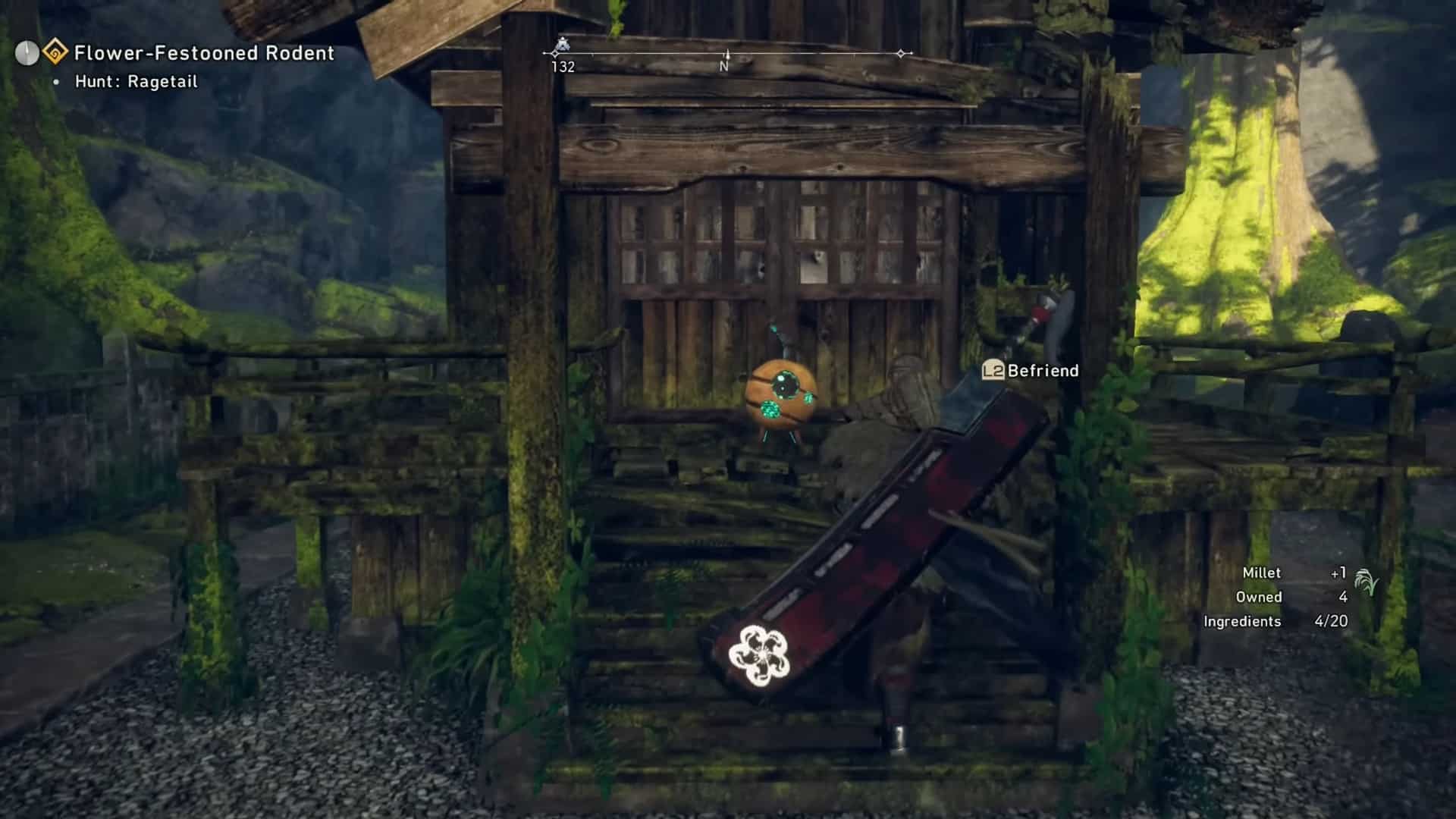
Stuff like Healing items you can carry. You can carry more, which is good, obviously. That’s another really welcome quality-of-life feature here. You don’t have to craft potions, you can start up each hunt with healing Max out, and there are a lot of items scattered around the world that you can use to top off your health.
At first, the amount of thread that you have to generate Karakuri is pretty limited. But as you collect these little things called Tsukumo out in the open world, your supply gets bigger, and they give you items that can be used to upgrade how many you can carry.
Tsukumo is basically this game’s version of Palicos from Monster Hunter. They’re hunting companions that can distract monsters, do little damage, heal you, and can be pretty invaluable during particularly tough hunts. That’s all you really need to know to understand the mechanics.
Monsters, Aka Kimono In Will Hearts
But the real star of the show is the monsters themselves, the Kimono. They’re all these bizarre hybrids of rocks and plants, like a rat with a flower blossom for a tail or like a bore that’s huge and made of rock. The first ones you fight start off at a more recognizable size, but some of these guys are absolutely massive.
The variety of shapes makes every single Kimono fight you have like memorable, even for like even like fairly easy ones. And there are so many of them, too. In just a few hours from the start, you will have fought probably around ten of these beasts, and they’re all extremely different.
There are goofy ones, like a tanooki, but they are not that difficult. But then there are ones like this volcanic monkey, increasingly aggressive and challenging, and it keeps going right on that trajectory.
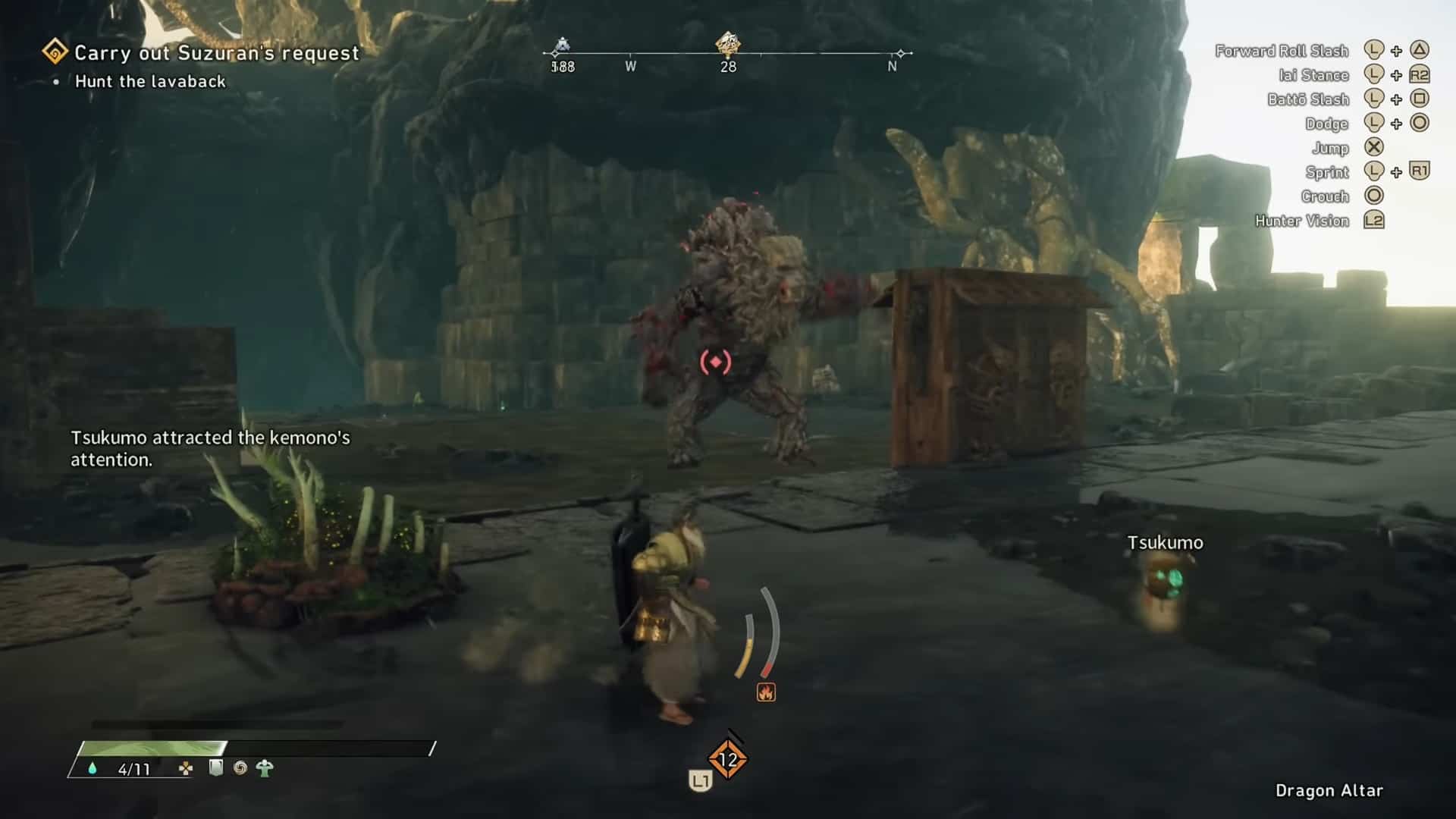
Like it’s important that a game like this gets the monsters right, and Wild Hearts hardcore delivers on this. Every single creature is packed with personality, requires different strategies, and just feels like its own unique thing within the world.
Each one of them has weaknesses you can exploit, parts you can break off like tusks and tails, and you can even climb on them. And I would say it’s maybe a slightly Jankiel version of what you could do in Dragon’s Dogma, like the monsters that are blasted to fight. And then you throw in all of the quality-of-life stuff this game puts in on top of what you would call the Monster Hunter formula.
This is an addictive loop that you definitely want to keep doing, like just being able to select a hunt from the map rather than having to go to a quest board every single time. It’s a huge breath of fresh air. And there’s so much to like about this game, and it makes the performance and graphics issues such a huge shame.
The Graphics Issues
The game constantly stutters in the PS5 version. There’s noticeable pop in almost all the time. And certain environments look barren and straight-up crappy. Also, anywhere where there’s snow, it just looks terrible, like GTA remastered rain levels of bad.
It’s bizarre, though, because there are parts of the game that look beyond fantastic, but just as many look outright bad. It’s not how next Gen game should look or run at all. And it might be worth giving a pass; the bad things that it had were just the graphics, and it ran fine. But the frame rate is just not acceptable for an action game.
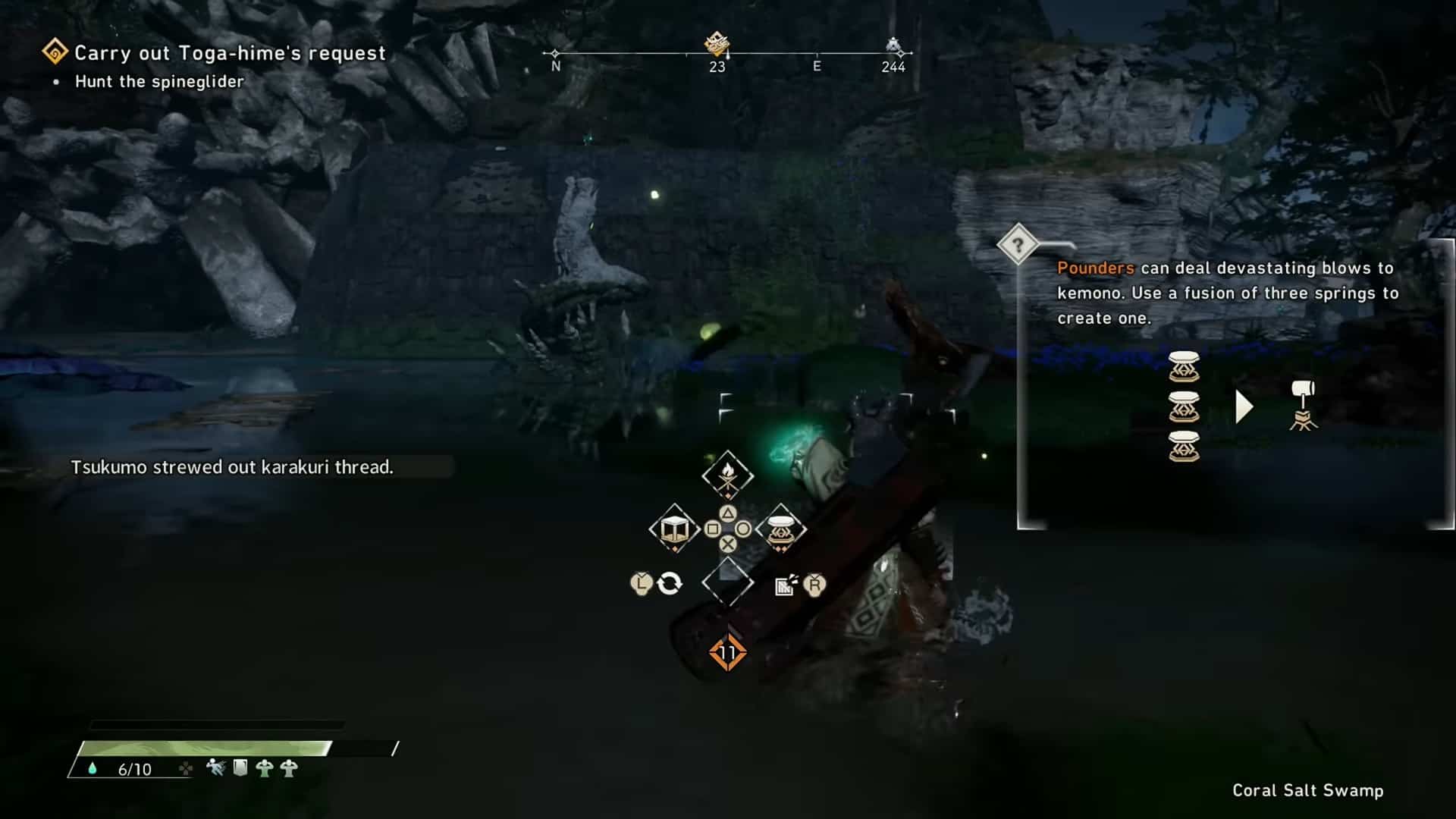
And I took a few minutes to test the PC version. It’s not a lot better, maybe even worse. There’s constant stuttering, which makes the game borderline unplayable on the platform, and it’s not like the graphics are amazing or anything. Like even on the Max setting, I was still seeing a lot of weird popping.
It sucks that I can’t really recommend playing the PC version as it is right now. The PS5 version is not that great, but at least playable, and if you’re able to overlook the performance issues and some pretty rough graphics at times, you can give it a try.
Final Thoughts: Should You Pay $70 For Wild Hearts?
So all those things being said, I think it really boils down to is, is this game worth $70? I think there’s no question in my mind if somebody likes Monster Hunter or looks at the gameplay and always wanted to get in the Monster Hunter but felt it was a little bit too complicated or was a bit too daunting for them. Then this is a game that should definitely play. I don’t know that I would recommend doing it for $70.
Just about everyone I know really wants to play the game. They just don’t wanna pay $70 for it. So I think that’s kind of indicates, you know, where we are at it. If I gave you a code for the game, for instance, I think you’d play, you absolutely would, but you’re not gonna pay $70 for it.
So I think, at this point, the game needs a lot of patches in order to get its performance up to speed. I don’t know about bugs, I really haven’t seen too many bugs in the game, but I imagine there are some as well. So they should really correct those issues and probably have that price point come down unless they add more content, and you get a Game of Year Edition or something like that a year or two down the road.
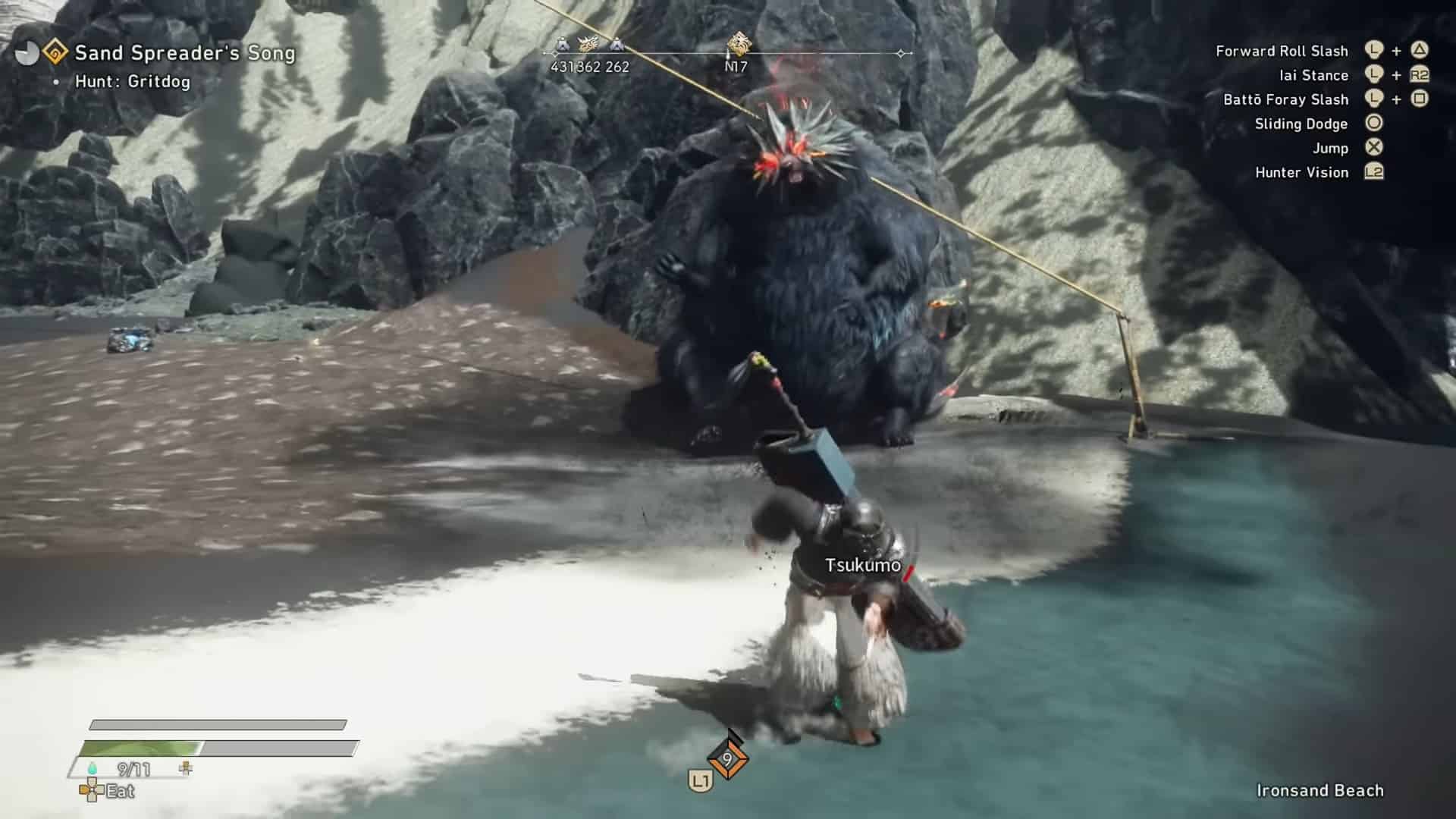
I really feel like it’s a game people really want to play and a game you probably should play, but I wouldn’t recommend doing it for $70. I’d recommend somewhere in the $40 to $50 price range where the game’s performance it’s at right now.
Maybe after a few more patches and maybe some content updates could maybe make it in the value for $50 to $60 price range, but I’m not exactly sure. But I don’t think I can recommend it at $70. I think that would be a little disingenuous.
However, again, it’s one of those games that people want to play. There are games out there that you can give away codes for, and people won’t play them. But this is one person actually asking me, like, “do you have any codes? Do you have codes? I’ll play if you have codes.” So I definitely think people will want to play this if they’re Monster Hunter fans. It’s just a matter of what price.
Overall it’s a good game if you want to fight the huge monster and explore the world. But I’ll give this game a 3/5. Because it’s a Next Gen game, and it could have been better.
Our Rating: 3/5.
Also Read: All Red Dead Redemption 2 Cheat Codes: 33 RD2 Cheat Codes Explained

